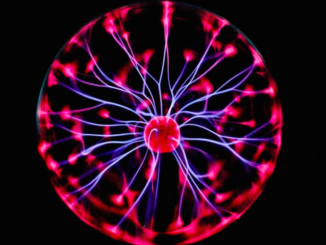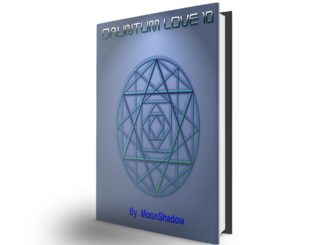
Have you ever lost something? I’m sure you have. It can be so infuriating! You lose so much time and energy looking for it!
Sometimes you eventually find the missing item after quite a bit of searching. Other times, it remains a mystery as to whatever happened to it. Sometimes you find it accidentally months later.
Wouldn’t it be nice if there were an easier way to find things without the tedious searching? Thanks to an obscure science called radionics, there actually is a way to do this. But before I explain the method, I need to give you a little background information so you can understand how this could work.
Revolutionary advances in science sometimes take decades to trickle down to become useable devices and techniques. This is because our consciousness needs to evolve so we can believe and understand these “new” truths.
One such new truth is called quantum physics. It used to be the mark of a true geek to say you understood it. But, thanks to two recent movies, “What the Bleep Do We Know?” and “The Secret,” this is no longer the case. What we’ve learned from those movies is that the “outside world” affects us in all kinds of subtle ways and that our own “internal world” affects the outer world in various subtle ways as well. Quantum physics teaches that this is because the observer is not separate from the observed thing or event at the quantum level.
Now that was a mouthful! The science of radionics grew out of quantum physics as a way to make it accessible to us. You can learn lots of good facts about radionics at http://www.wikipedia.com. But let’s see how these principles actually work when we use a little radionics device called the SE-5 Plus.
The SE-5 is an advanced yet simple-to-use radionics instrument that looks like a small, portable, hand-held computer. It can be used to demonstrate all kinds of nearly magical processes such as finding lost objects or people. Remember, according to quantum theory, we are not really separate from those “lost” things in the first place.
The SE-5, like most radionics-type devices, is used to test things. It has a special interface called a stick plate. You rub it with your finger, and when it feels extra sticky then you know you’ve got something.
The other unusual feature of radionic instruments such as the SE-5 is a special slot in which to put a picture of an object or person. In our example here, you put the picture of the object or person that is “lost” in that slot so the machine “knows” what you’re looking for.
Although the full procedure is a bit more involved, the gist of it is to scan the edges of a map with the small SE-5 device feeling for when the stick plate feels sticky. After scanning both axes of the map, you follow the “latitude and longitude” lines to determine the intersection of the two sticky places on the map. That’s where the lost person or object will be found.
To some this may sound far fetched, but it is amazing how well this procedure can work.
Of course, it’s unlikely that you have either a photo of most lost objects or an actual map or blueprint of the building or outdoor area where you expect to find the lost item. The amazing thing is that you can draw your own map and even draw a picture of the lost object and label it, and the procedure works just as well. Try it for yourself and end the frustration of looking for things!
Proudly WWW.PONIREVO.COM
by Don Paris



